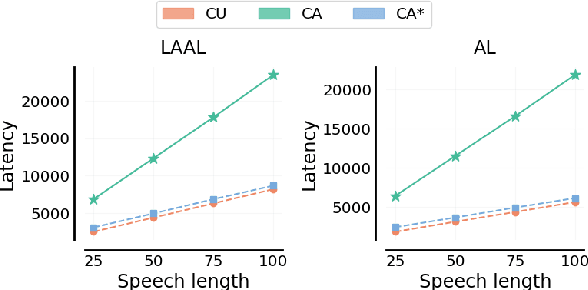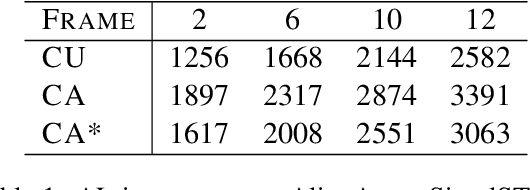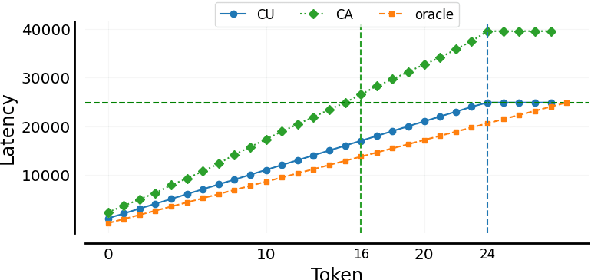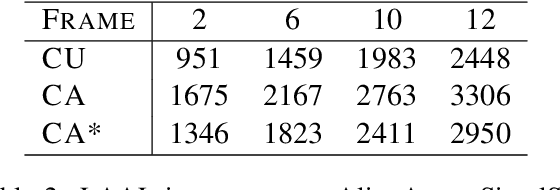CA*: Addressing Evaluation Pitfalls in Computation-Aware Latency for Simultaneous Speech Translation
Paper and Code
Oct 21, 2024



Simultaneous speech translation (SimulST) systems must balance translation quality with response time, making latency measurement crucial for evaluating their real-world performance. However, there has been a longstanding belief that current metrics yield unrealistically high latency measurements in unsegmented streaming settings. In this paper, we investigate this phenomenon, revealing its root cause in a fundamental misconception underlying existing latency evaluation approaches. We demonstrate that this issue affects not only streaming but also segment-level latency evaluation across different metrics. Furthermore, we propose a modification to correctly measure computation-aware latency for SimulST systems, addressing the limitations present in existing metrics.
 Add to Chrome
Add to Chrome Add to Firefox
Add to Firefox Add to Edge
Add to Edge